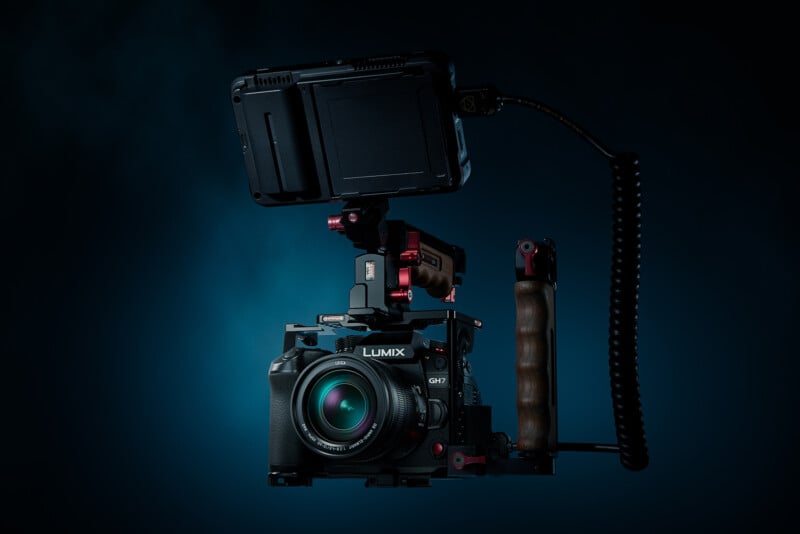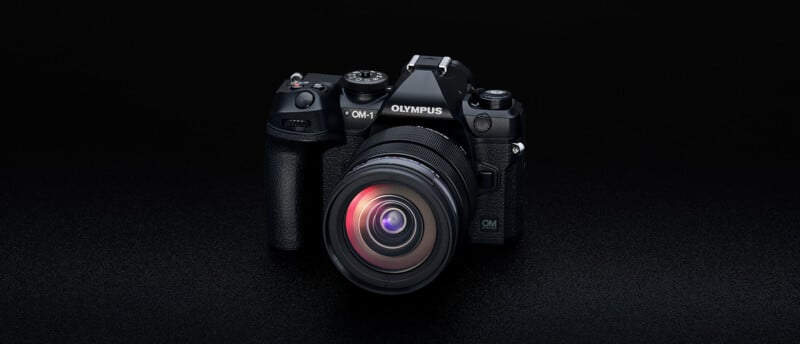Why 2025 Could Be a Make-or-Break Year for Micro Four Thirds

No camera system provokes more opinion and vitriol than Micro Four-Thirds. It is the most divisive system out there; you either love it or stay clear. Micro Four-Thirds (MFT) cameras have been around for a long time, with the story beginning in 2008 when Panasonic brought out the G1, closely followed by the Olympus E-P1. In the here and now, this is a system under the microscope, and thanks to several factors, the next 12 months could be critical for its future and survival.
It’s important to remind ourselves that, like any system, Micro Four-Thirds comes with pros and cons. In the pro column, MFT cameras are typically more affordable than larger sensor alternatives. This cost-saving also applies to lenses as well, so on the whole, you can fill up your bag with bodies and optics for a lot less when compared to a full-frame system. What’s more, the 2x crop factor created by the relatively smaller sensor appeals to those who seek longer focal lengths, such as wildlife photographers and bird photographers in particular. A 300mm optic returns an effective focal length of 600mm on an MFT camera, and that increased focal length can be the difference in those wildlife fields.
The appeal of MFT is broader than nature photographers, however as many videographers have also found a friend in the MFT system. It’s easy to see why, with cameras like the Panasonic GH7 and G9 II offering extensive and advanced video-specific features — for example, the GH7 costs just over $2,000 and can capture 5.7K 30p Pro Res RAW footage.

The small size of the cameras and lenses makes the MFT system highly portable — another huge benefit for photographers or videographers looking to shed the burden of heavy gear and travel light. That’s a tempting list of benefits, but like any system, there is a lot of compromise, too.
The smaller sensor size means these cameras can’t match the high pixel count of full-frame megapixel monsters, with the highest current resolution from the G9 II/GH7 at 25 megapixels. There’s less dynamic range, and the low-light performance typically can’t match that of a full-frame sensor. Plus, that 2x crop factor works against those who like to shoot wide-angle, such as landscape and architectural photographers. Additionally, although there are fast-aperture MFT lenses, the depth of field will never match similar lenses on full-frame cameras.

We’ve known about these pros and cons of the MFT system for a long while, and many photographers are happy to put up with the compromises in return for the benefits. However, what has changed is the trajectory of full-frame cameras in recent times, and this is why the MFT system will be under the microscope over the next year.
Full-frame cameras are getting smaller and, at the same time, MFT cameras are not as compact as they used to be. For example, let’s compare the Panasonic G9 II with the full-frame Sony a7CR. The MFT camera measures 102 by 134 by 90 millimeters (4.0 by 5.3 by 3.5 inches) and tips the scales at 658 grams (23.2 ounces), while the full-frame Sony measures 71 by 124 by 63 millimeters (2.8 by 4.9 by 2.5 inches) and weighs only 515 grams (18.2 ounces). Sony isn’t the only brand offering small full-frame cameras, with Sigma also going down that road, and even a camera like the Nikon Z5 is only 675 grams (23.8 ounces) and marginally bigger than the G9 II.

With the compact unique selling point that used to single out MFT cameras being removed from the equation, prospective buyers are caused to pause and second-guess their options. With photographers often looking at what’s coming down the road, a glance at the OM System roadmap shows only one new lens, a telephoto zoom, scheduled for release, and the last optic to hit the shelves was the 150-600mm f/5-6.3 IS back in April — a divisive lens due to its bulk, although it does offer an impressive 1200mm effective focal length. While MFT optics from OM System and Panasonic appear to have slowed, there’s a high expectation that 2025 will see at least one camera body release, with the G9 II turning two years old in September 2025 and the OM-5 clocking its third anniversary in October 2025. For my money, I think it’s more likely to see a new version of the OM-5 and this is what I think it needs to keep the MFT train on the track.
The first is resolution, and this presents the OM System with an opportunity to push the envelope and surpass the 25 megapixels that are served up by the G9 II and GH7 cameras. Even the flagship OM-1 Mark II tops out at 20 megapixels, so a new camera release with 25-30 megapixels would be a winner.
Computational features are another area MFT brands need to push to keep the system competitive. The Live ND and Live Graduated ND functions in the OM-1 Mark II work brilliantly well and do away with the need for photographers to carry additional and often expensive filters. This is the technology MFT needs to champion and build on to bolster the “carry light, carry right” benefits of the system.

Lastly, a third challenge OM System or Panasonic would face with any successor to the OM-5 or G9 II cameras is to deliver all of the above and offer it with value. Full-frame cameras have never been more affordable, and as newer models come to market, the price of today’s full-frame bargains will drop even further.
Micro Four Thirds will only continue work in the market if the cameras work for photographers and videographers out in the field. They need to serve a purpose, and new models that push the technology envelope will ensure that MFT has a seat at the table. Without launching exciting new models, the system could be pushed to the side of the road. This is why the next 12 months could be the most important the MFT system has ever faced.